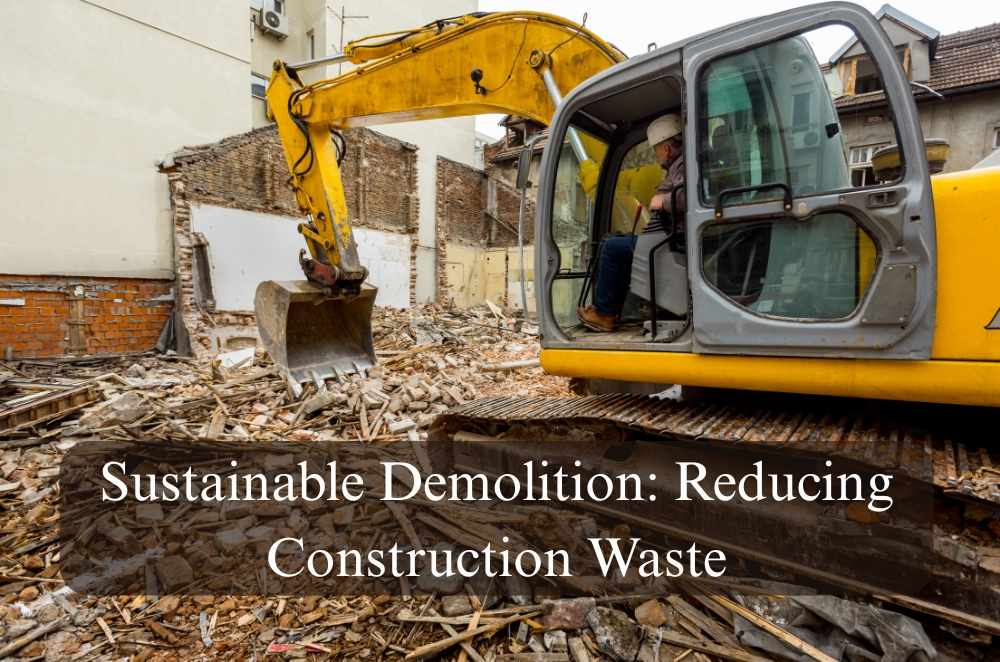
There’s something a bit surreal about watching an old building come down. On the surface, it might look like nothing but a mess—dust, rubble, a mix of materials all getting bundled away. But underneath that chaos, demolition is where a lot of sustainability wins or losses actually happen. These days, the best demolition contractors are rethinking the whole process, finding ways to cut waste, salvage materials, and make the most out of every single job. It’s not just about making space for something new. It’s about making sure the process leaves less of a mark, both on the site and on the environment around it.
Understanding demolition in modern construction
Demolition has shifted from brute force to careful, planned activity. It’s now about more than just tearing things down—there’s a method to the madness, and a growing focus on the lifecycle of what gets removed.
Careful assessment of the site and structure before any work begins
Planning out how to sort, recover, and recycle materials rather than sending them all to the landfill
Using machinery and techniques that limit noise, dust, and impact on neighbours
The regulations and standards for demolition in construction keep everyone a bit safer and help make sure environmental goals are part of the job from the start. The more demolition shifts towards a planned approach, the more value is found in what might once have just been thrown away.
Choosing the best demolition contractors for sustainable results

Not all demolition teams are the same. There’s a real skill to dismantling a site in a way that respects both the budget and the planet. Getting the right people on board is where sustainable demolition really starts.
Teams that put in the work up front, mapping out recycling and salvage opportunities
Contractors with experience managing hazardous waste and tricky materials
A track record of working alongside builders, architects, and recyclers to maximise reuse
When you work with contractors who treat every job as more than a knockdown, you start to see that demolition is less about destruction and more about careful removal, sorting, and seeing value where others might just see rubbish. The difference can be huge—not only in cost savings, but in environmental outcomes too.
How hiring a demolition company helps manage waste
Most people think demolition is noisy machines and quick work, but a good demolition company sees the job differently. They know it’s all about controlling waste, reducing the environmental footprint, and looking ahead to the next step of construction.
Sorting materials on site to separate timber, metal, concrete, and recyclables
Coordinating removal to ensure hazardous materials are dealt with safely and legally
Looking for opportunities to reclaim valuable materials—sometimes even whole windows, doors, or steel beams
The decision to focus on hiring a demolition company isn’t just about convenience or compliance. It’s about finding a partner who can see past the rubble and help turn what’s left behind into something useful again.
Planning for recycling and material recovery
One of the biggest shifts in demolition is the focus on what happens after the building comes down. Smart planning means less waste, more savings, and resources kept in circulation.
Pre-demolition audits to identify what can be recovered, recycled, or reused
Setting up clear zones on site for different materials to avoid contamination
Working closely with local recyclers, salvage yards, and charities to give old materials a new life
It’s the sort of work that pays off over time—every bit of concrete or metal kept out of landfill adds up. In many ways, these practices are what separate a sustainable project from a standard one, and it all starts with a bit of forward thinking.
The impact of sustainable demolition on future construction
Demolition isn’t just the end of something—it’s often the start of a whole new phase for a site. The choices made during demolition affect not just the immediate waste, but the resources available for what comes next.
Salvaged bricks, timbers, and steel can be reworked into new builds, saving costs and resources
Reducing site waste helps meet modern building codes and sustainability ratings
Good documentation of recovered materials supports transparency and certification for green projects
Taking the long view, sustainable demolition sets up future construction for success. It ensures that both the process and the materials get a second life, instead of vanishing into landfill.
Why site prep goes beyond demolition work
There’s more to clearing a site than just knocking things down. True site prep is about making the space ready for whatever comes next—safely, efficiently, and with as little waste as possible.
Soil testing and remediation if there are contaminants or old waste
Levelling and grading for drainage, to prevent future headaches during construction
Coordinating with surveyors and builders to keep the next phase on track
The whole process often goes beyond demolition work, involving more planning, oversight, and care than most people realise. It’s this attention to detail that keeps a site safe, clean, and ready for new work.
Sustainable demolition: a smarter way forward
In the end, demolition is no longer just about tearing down what’s old and getting rid of the mess. The whole approach is shifting—there’s more thought, more care, and a growing awareness of the impact every job can have. With the right team and a plan that looks past the immediate mess, demolition becomes part of the solution, not just another source of waste. Every bit salvaged, every material sent for recycling, is a step toward a building industry that leaves less behind. It’s better for budgets, better for the next build, and better for the environment we all share.

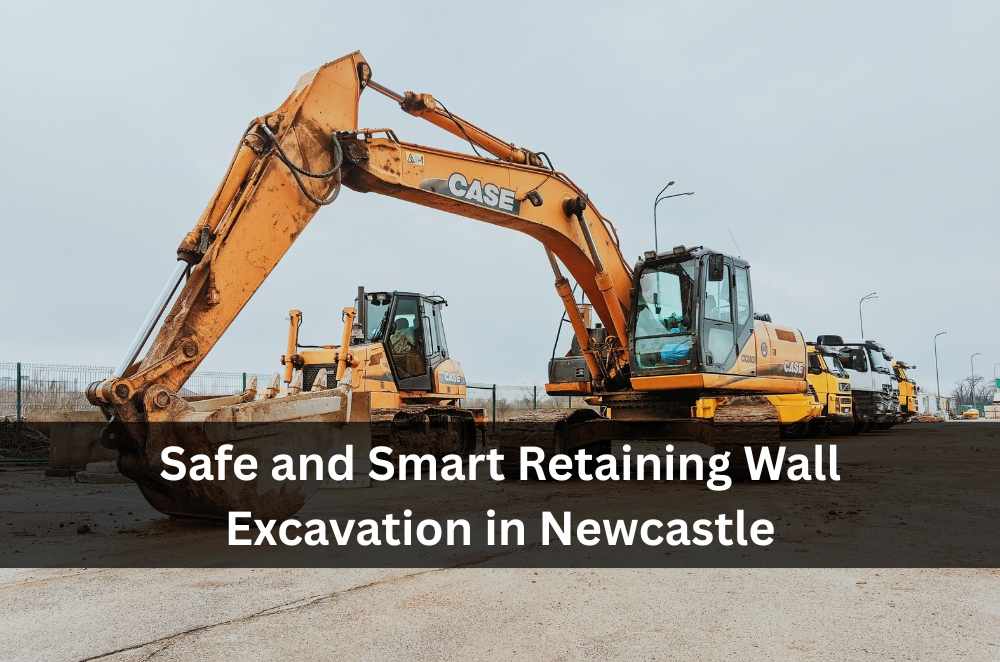
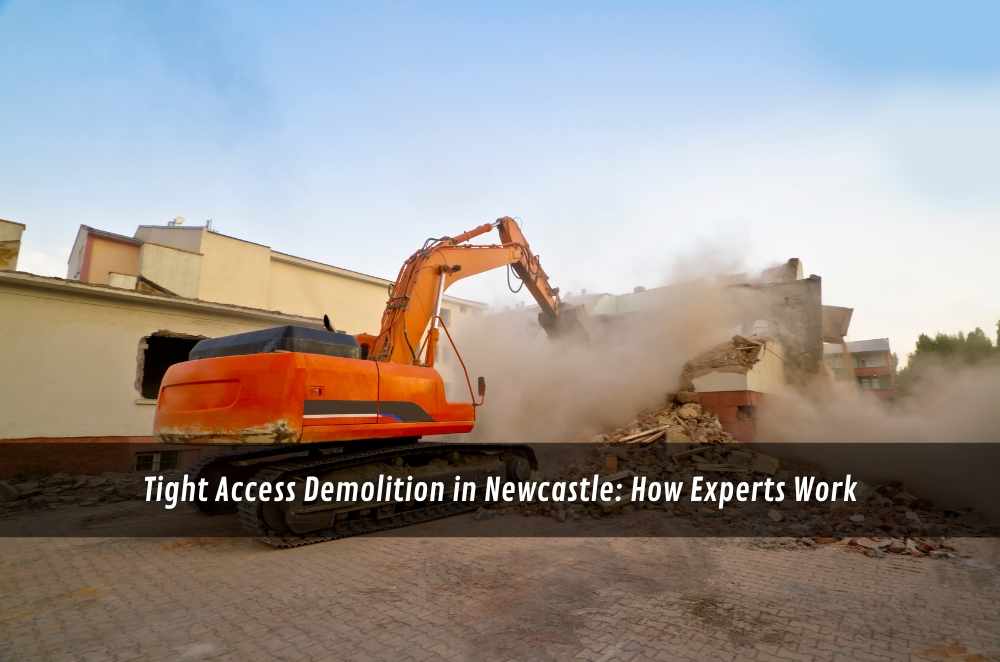
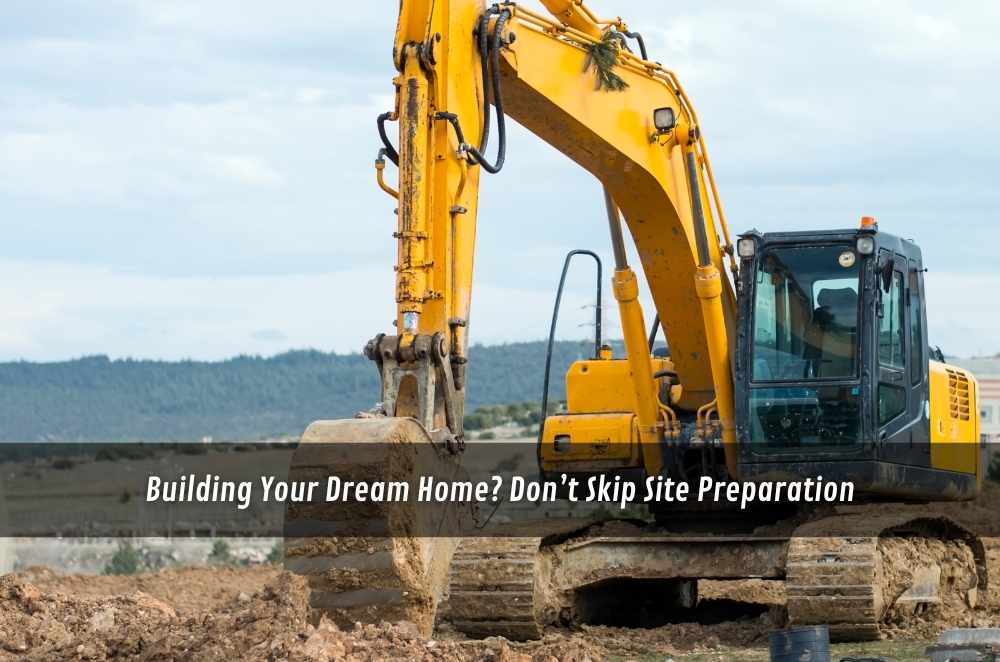
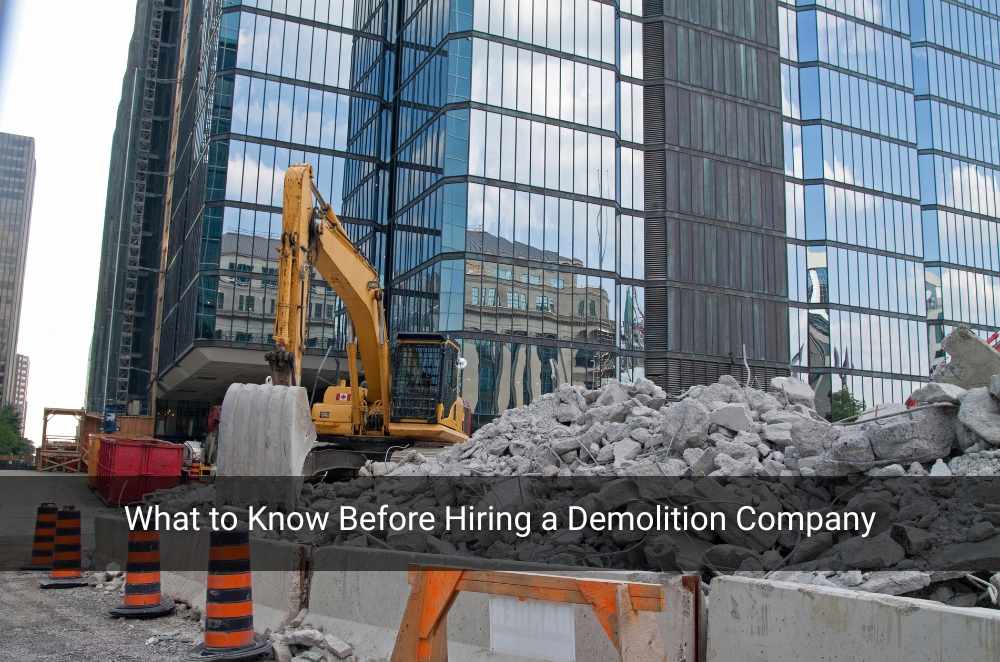
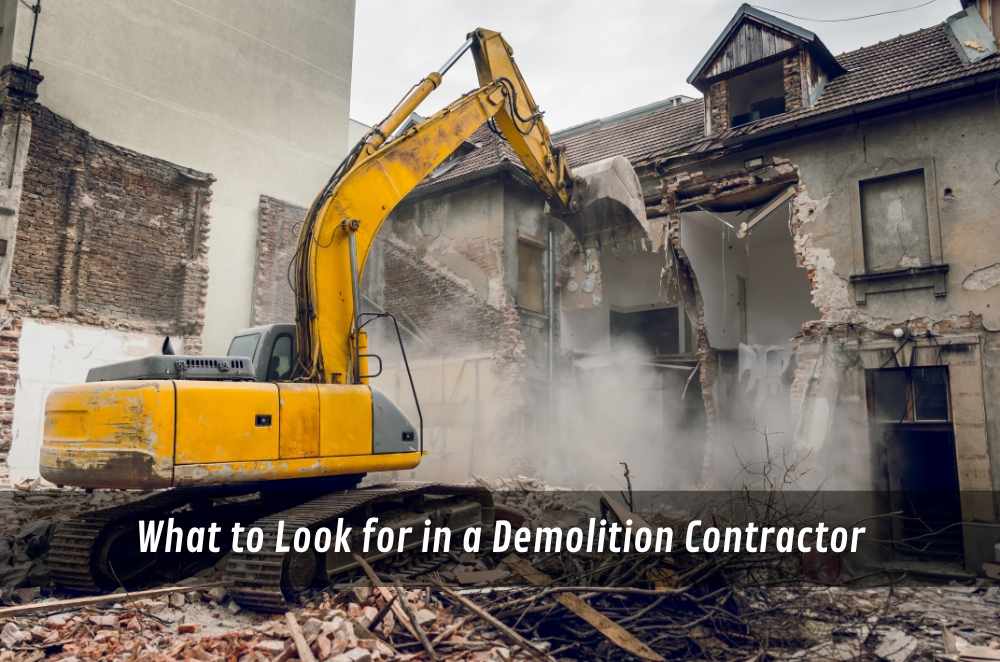
Write a comment ...